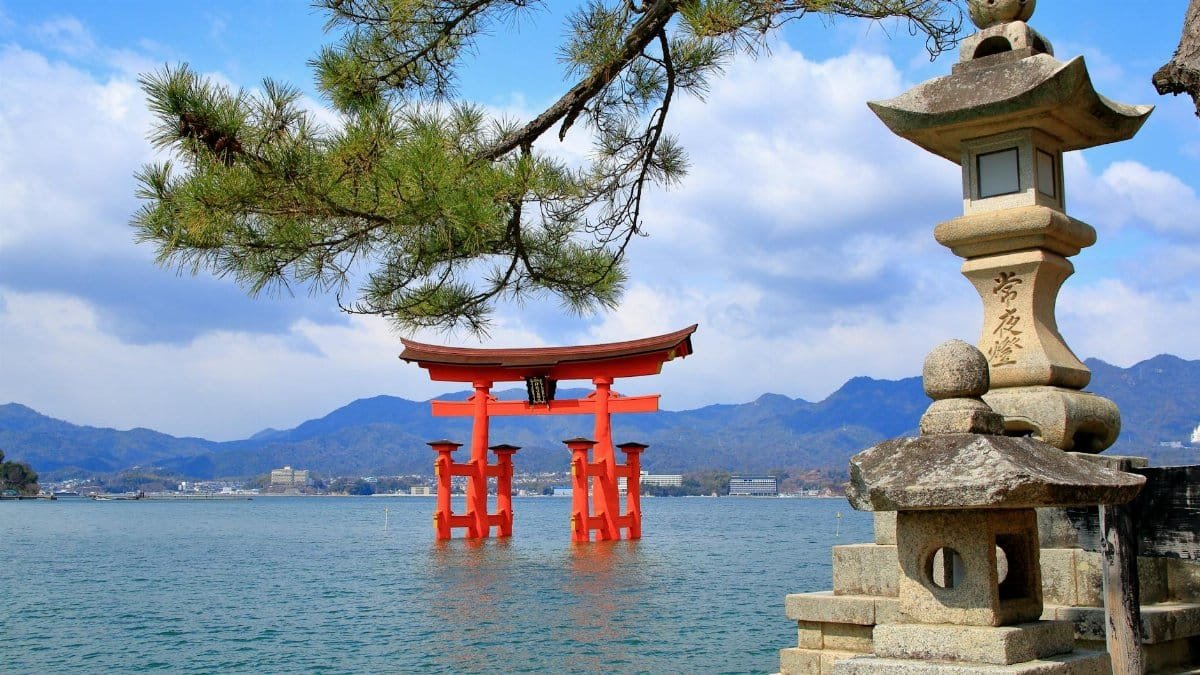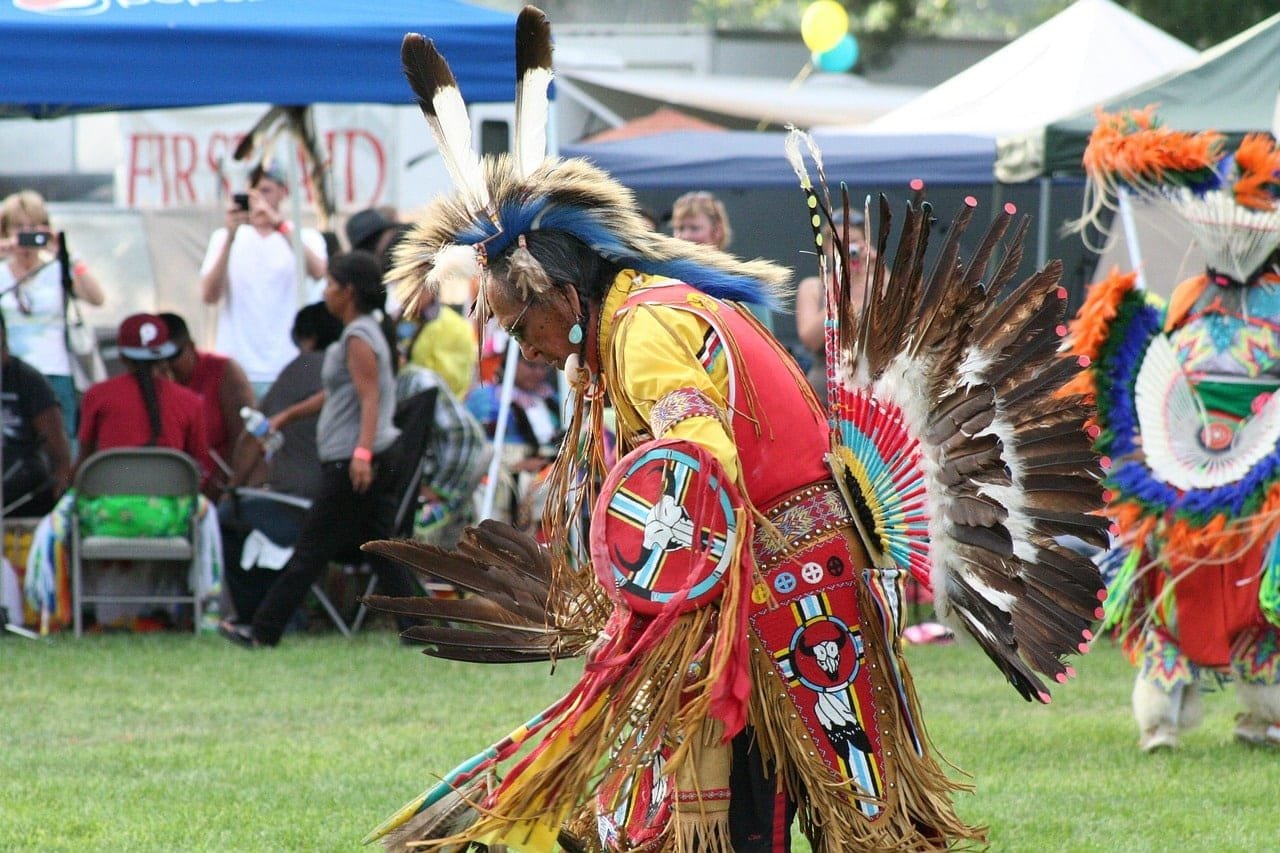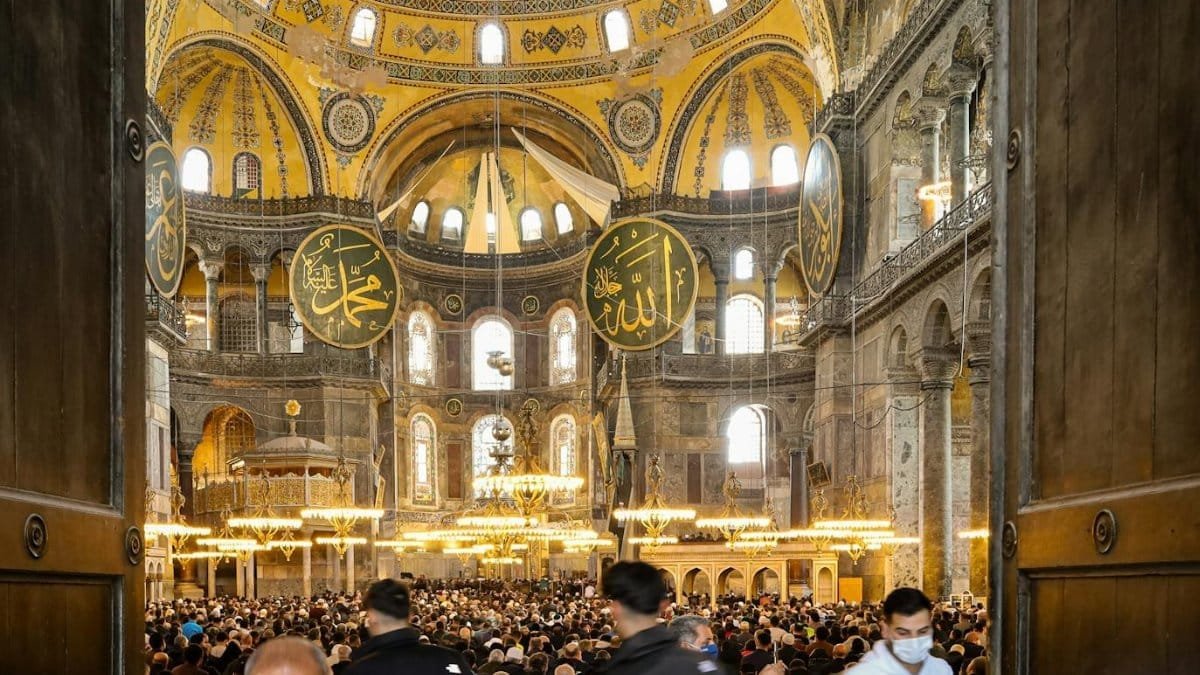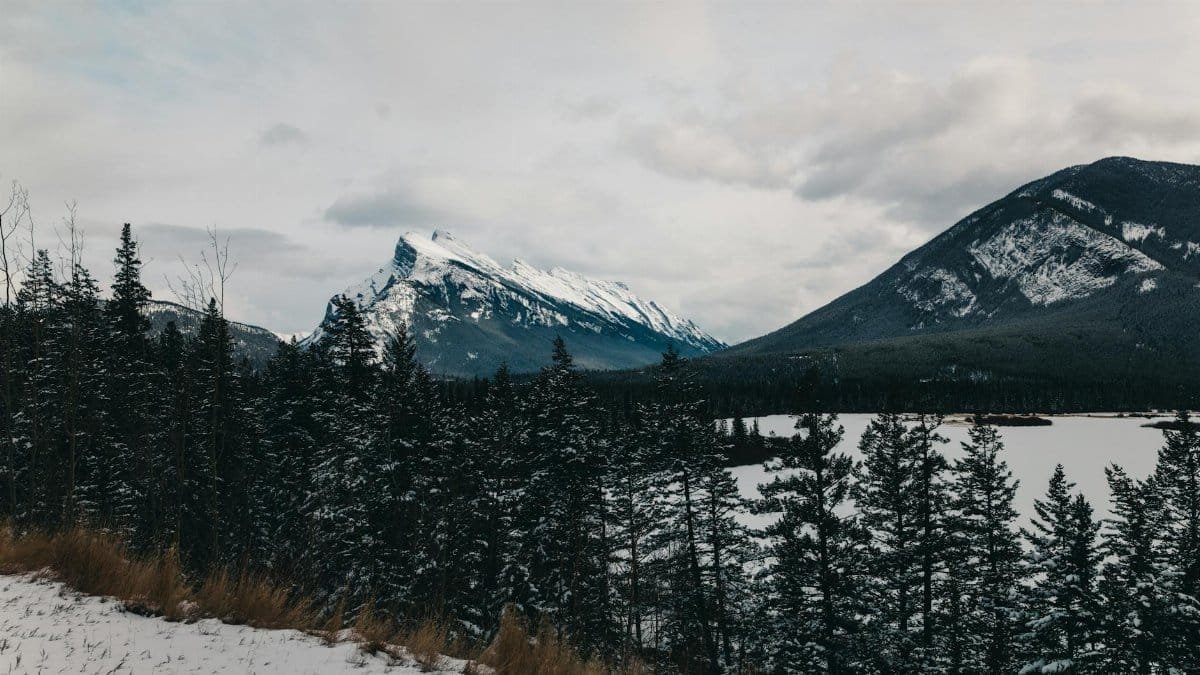New data shows 68% of Americans feel a deeper sense of peace when visiting national parks, with many citing a profound spiritual connection to nature. This growing trend highlights the national parks spiritual side, a phenomenon where visitors seek not just recreation but renewal. From Yosemite’s towering cliffs to the serene depths of the Grand Canyon, these natural wonders are becoming modern-day sanctuaries. As stress and disconnection rise in 2025, more are turning to these sacred spaces for solace. But what drives this spiritual pull, and how are parks adapting?
Rediscovering Sacred Ground

National parks have long been revered as places of awe, but their spiritual significance runs deeper than scenic beauty. For many, these landscapes evoke a sense of the divine or a connection to something greater. Indigenous communities, whose histories are intertwined with these lands, have always viewed sites like Yellowstone as sacred. Today, visitors echo that reverence, often describing parks as places to reset their souls amidst a chaotic world.
A Surge in Spiritual Tourism

The numbers don’t lie: spiritual tourism is on the rise. A 2023 survey by the National Park Service revealed a spike in visitors citing “personal reflection” as their primary reason for travel. This shift reflects a broader cultural trend in 2025, where Americans crave meaning beyond material pursuits. Parks like Zion and Glacier are seeing more guided meditation retreats and mindfulness workshops, catering to those hungry for the national parks spiritual side.
Healing Power of Nature

Science backs the spiritual allure of national parks. Studies show that time in nature reduces cortisol levels, easing stress and anxiety. A report from the National Institutes of Health confirms that green spaces promote mental clarity and emotional healing. Visitors often report feeling “grounded” after hiking through Sequoia or gazing at Denali’s peaks, turning these parks into natural therapy zones for the soul.
Indigenous Roots and Modern Respect

The spiritual essence of national parks often traces back to Indigenous beliefs. Tribes like the Navajo and Lakota have long held ceremonies in areas now protected as parks, viewing them as living entities. Modern initiatives, supported by organizations like the National Park Service’s Indigenous Programs, aim to honor these traditions through educational programs and restricted access to sacred sites during rituals. This respect bridges past and present.
Challenges of Spiritual Crowds

With spiritual seekers flocking to parks, overcrowding is a real issue. Popular spots like Machu Picchu-style pilgrimages to Mesa Verde face strain, with foot traffic damaging delicate ecosystems. Park officials are grappling with balancing access and preservation, implementing permit systems and visitor caps. The challenge is ensuring the national parks spiritual side doesn’t come at the cost of the very nature that inspires it.
Personal Stories of Transformation



